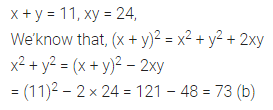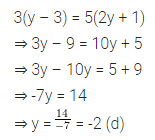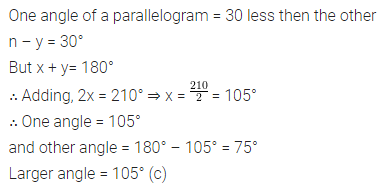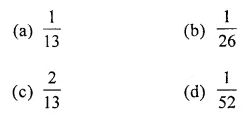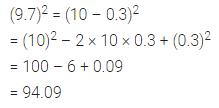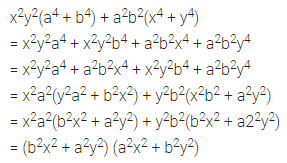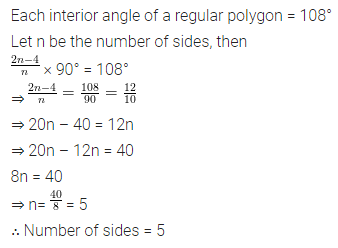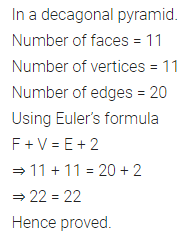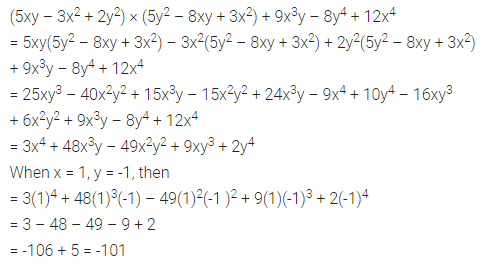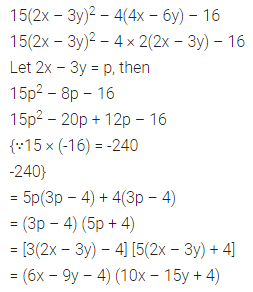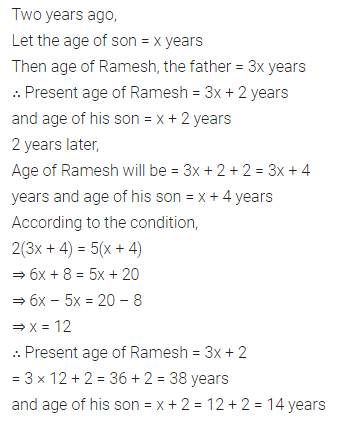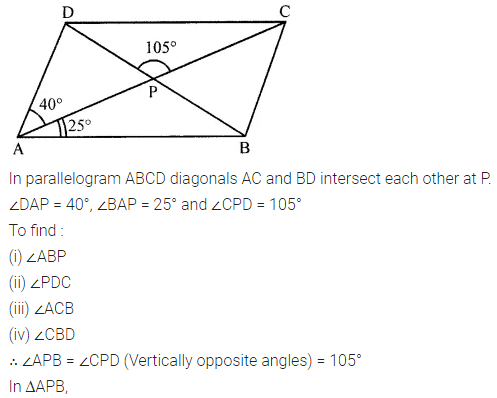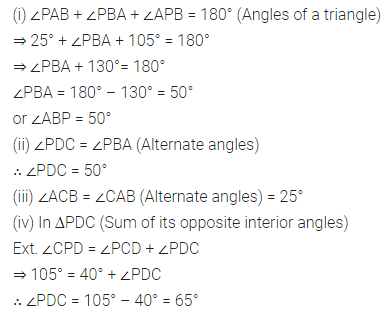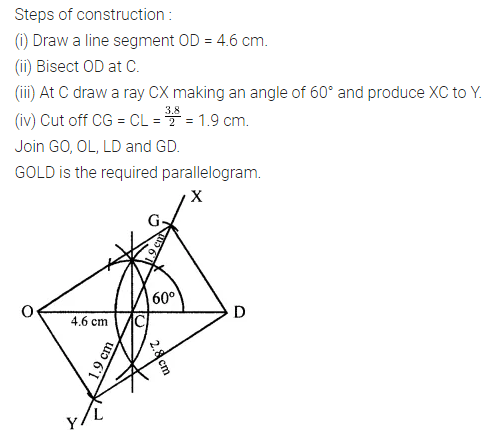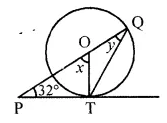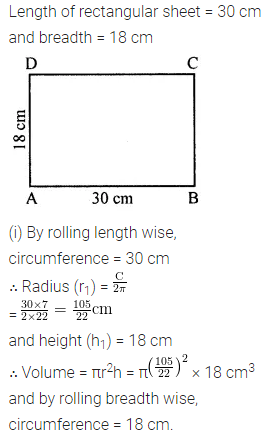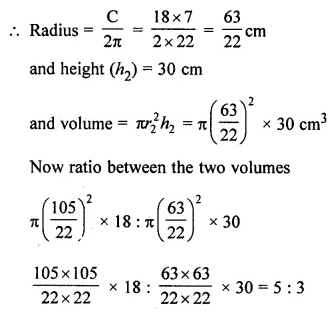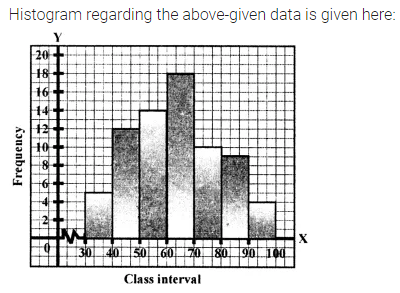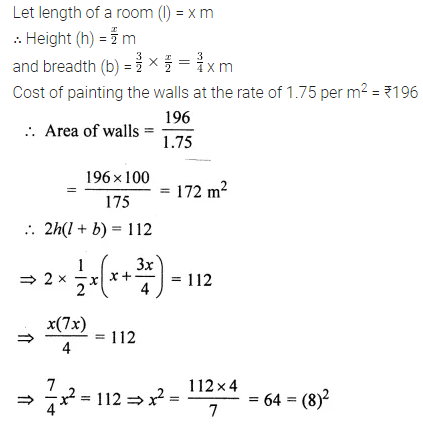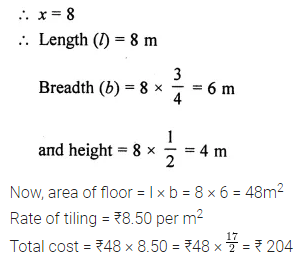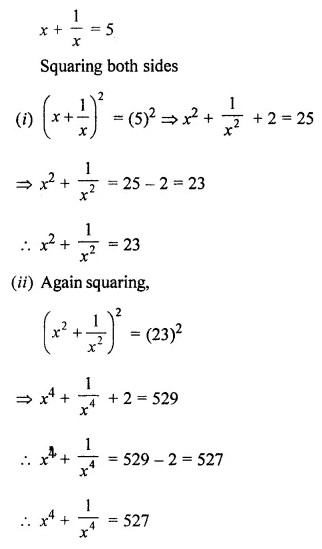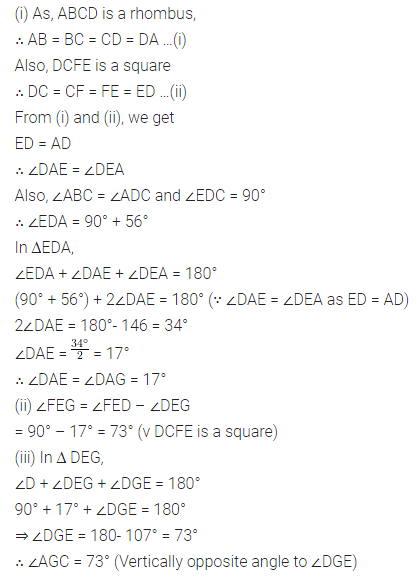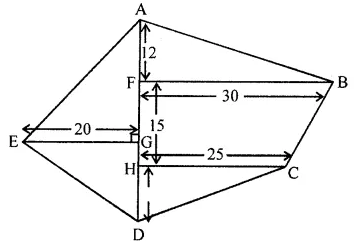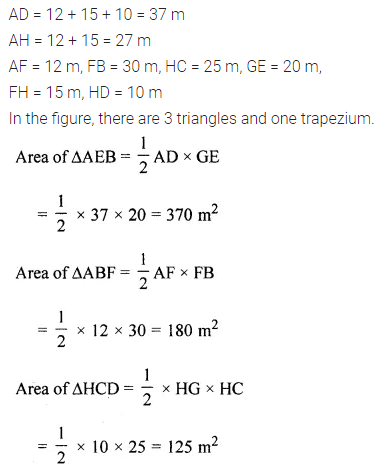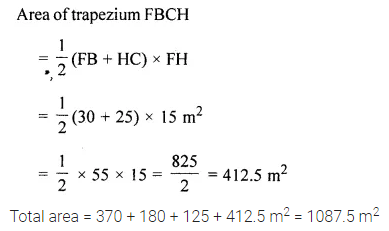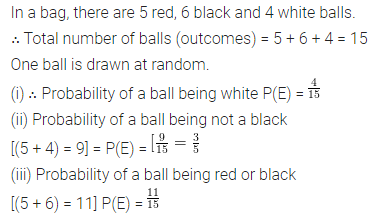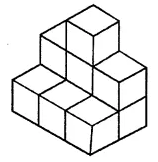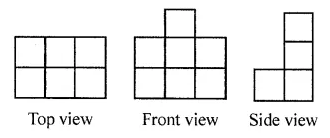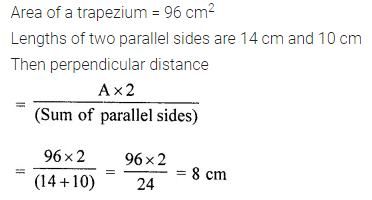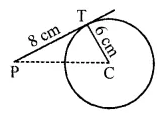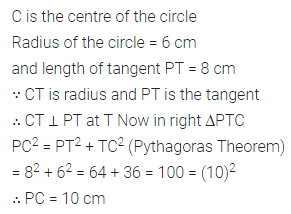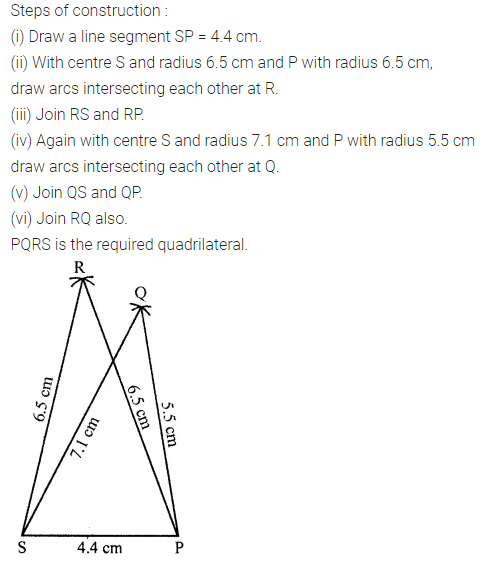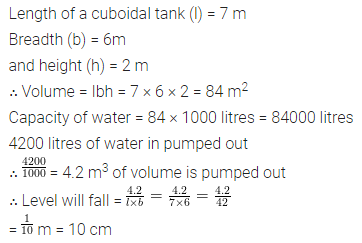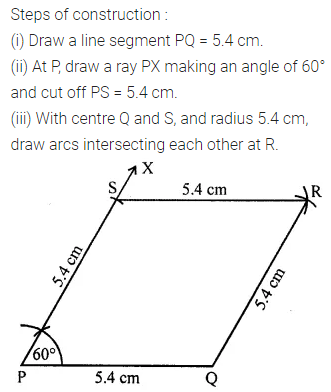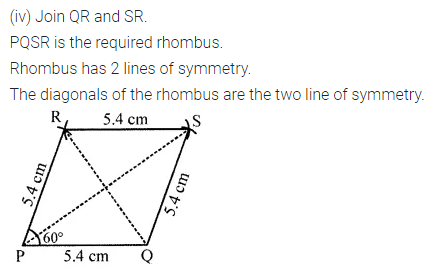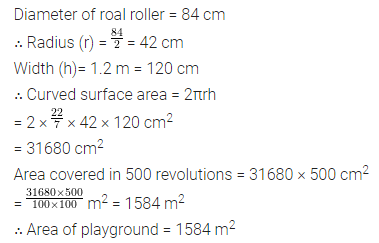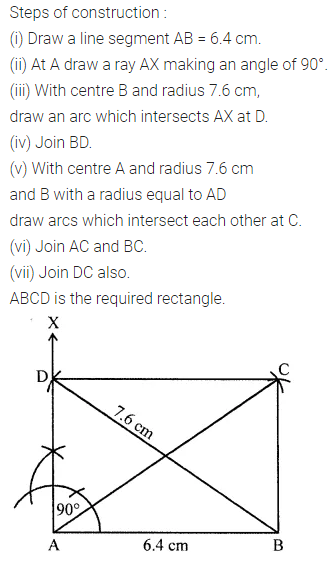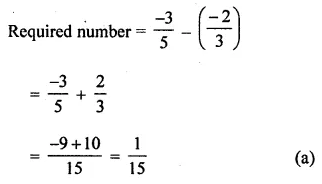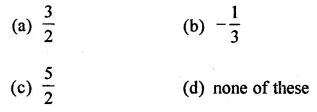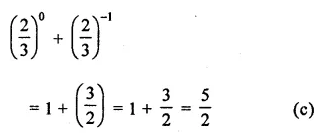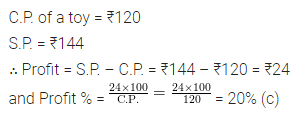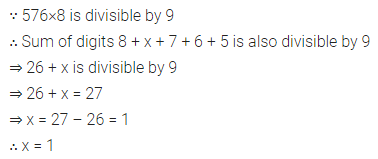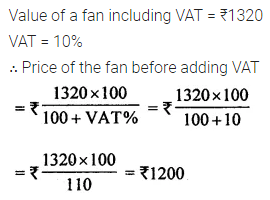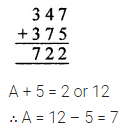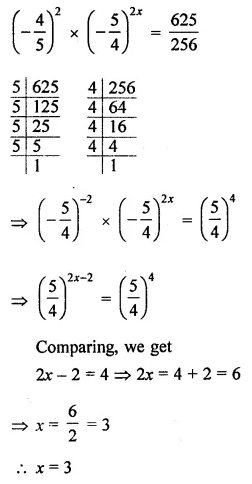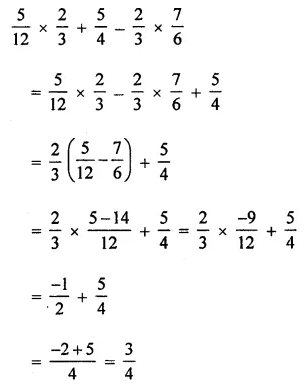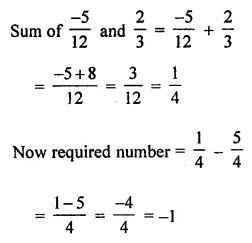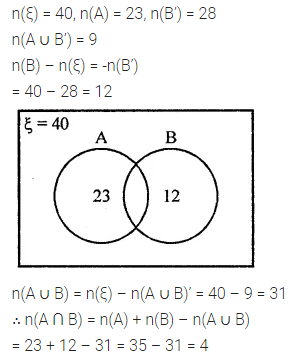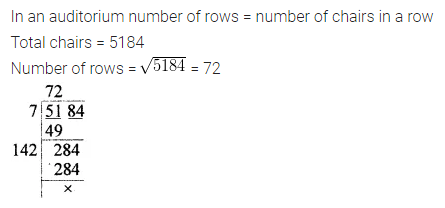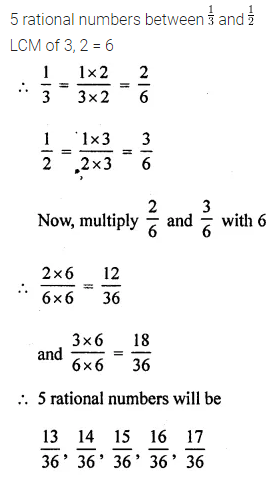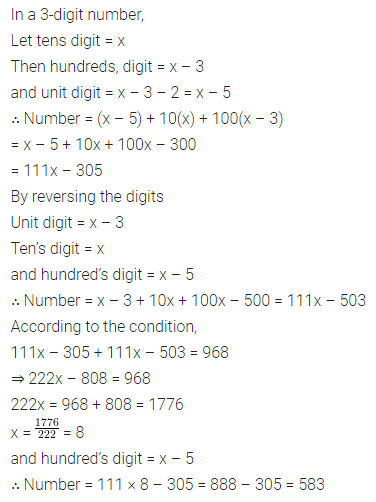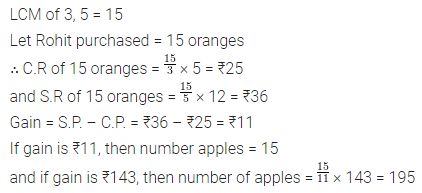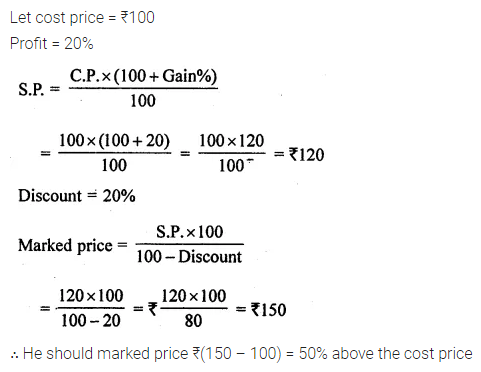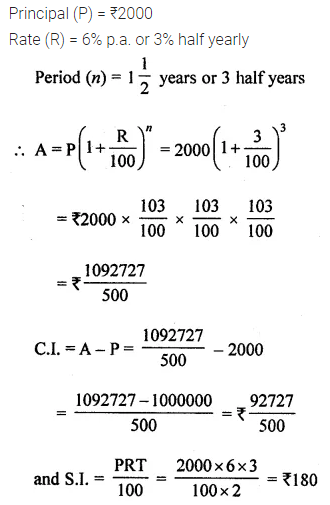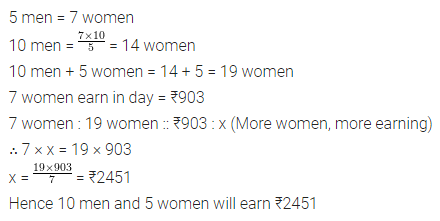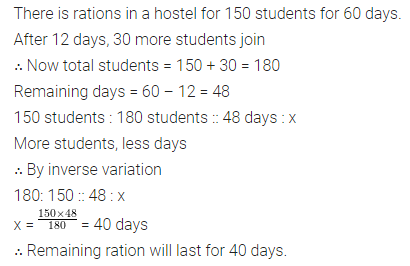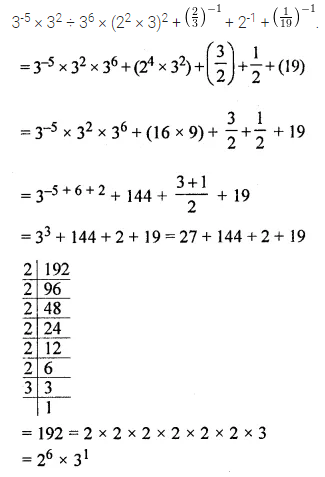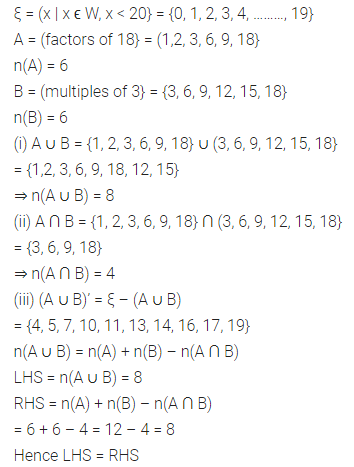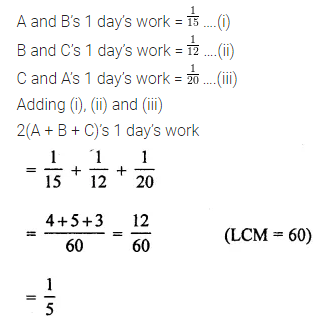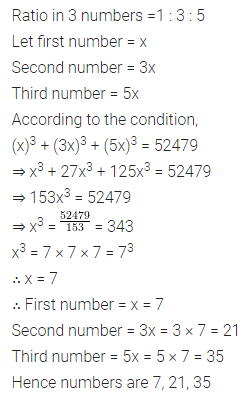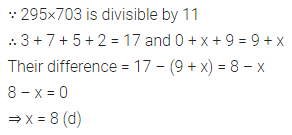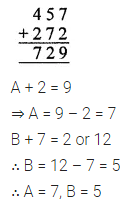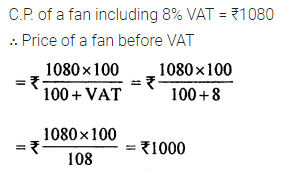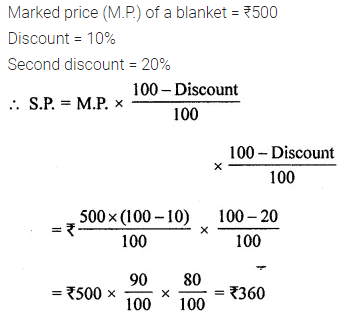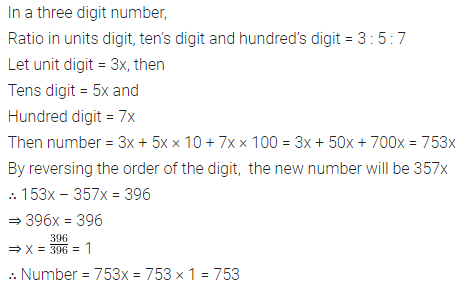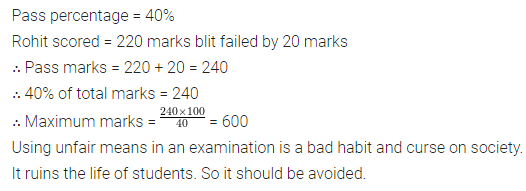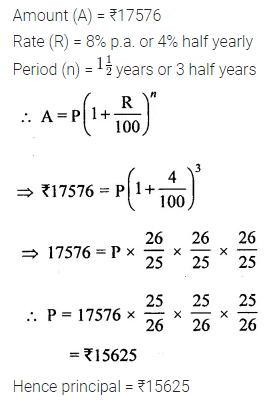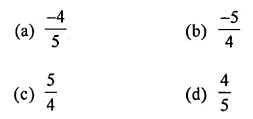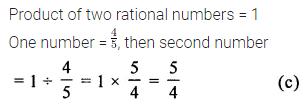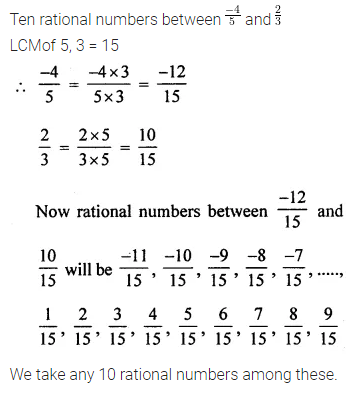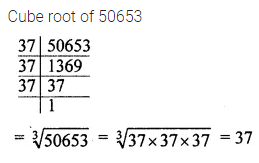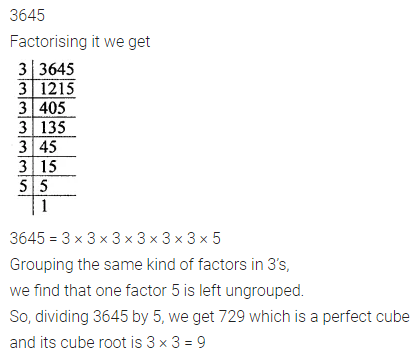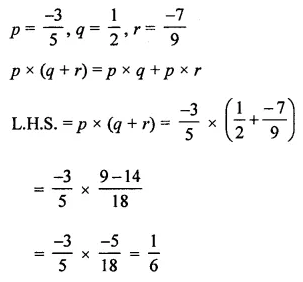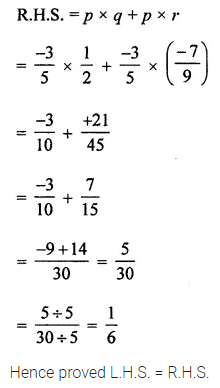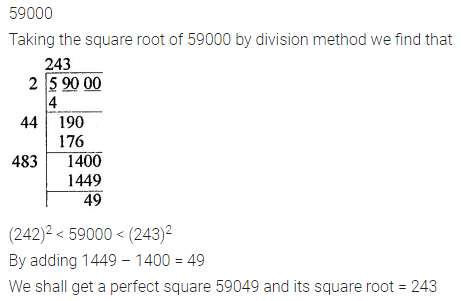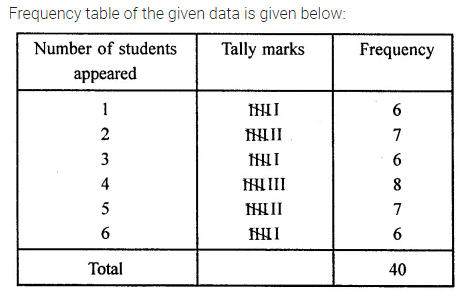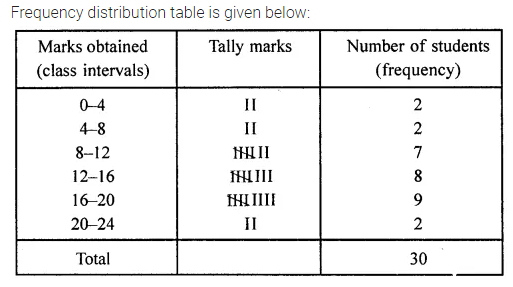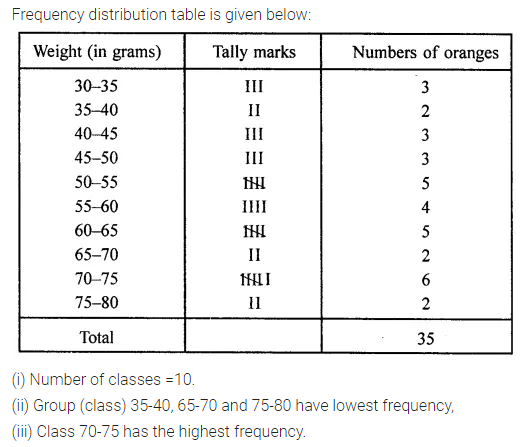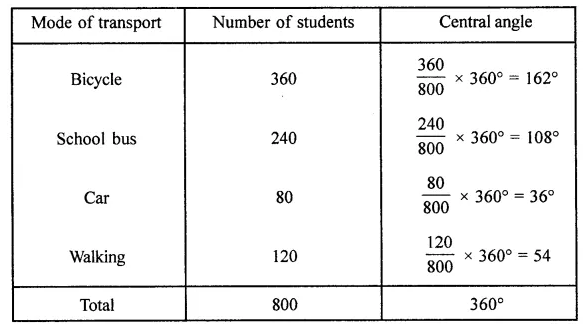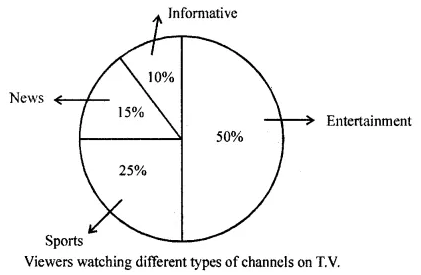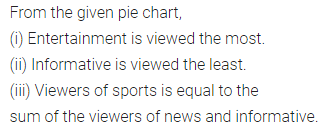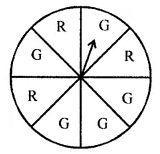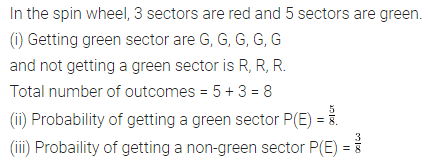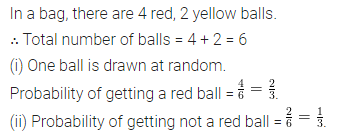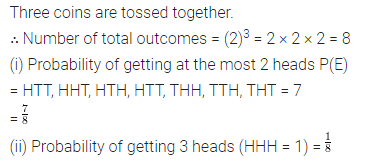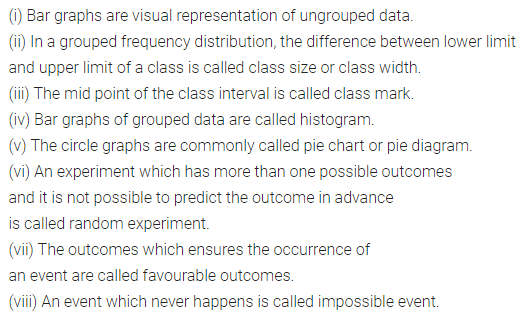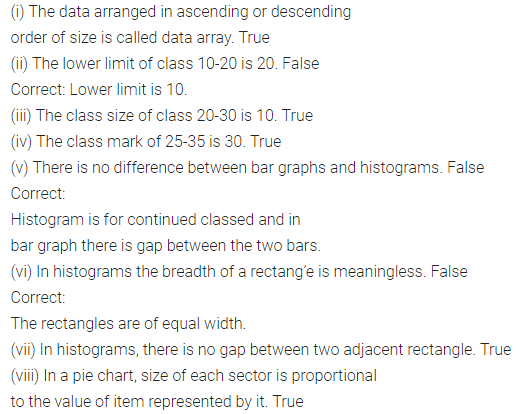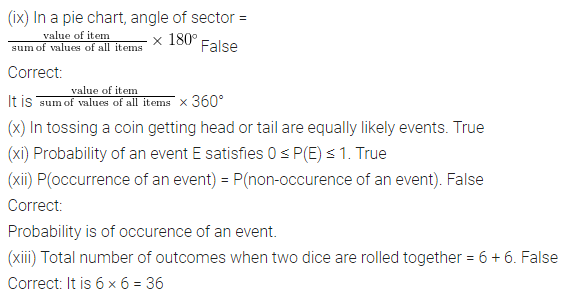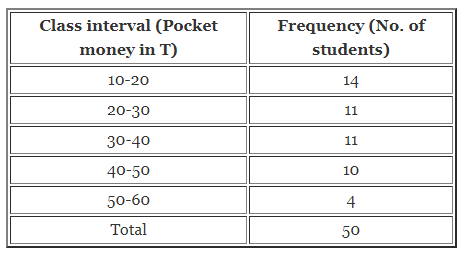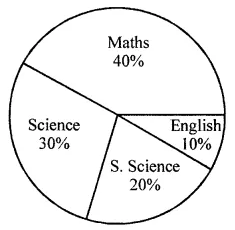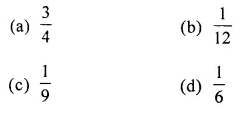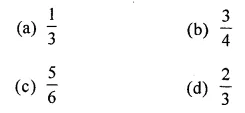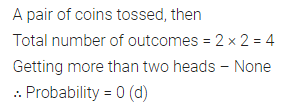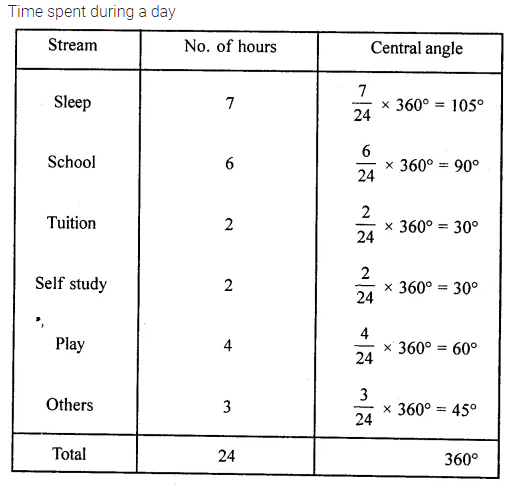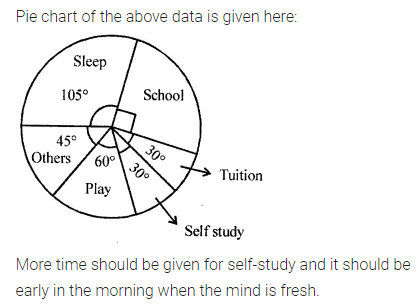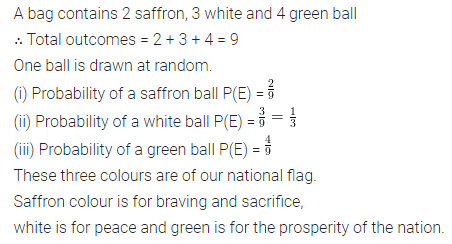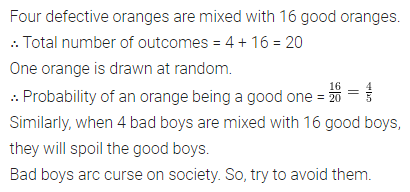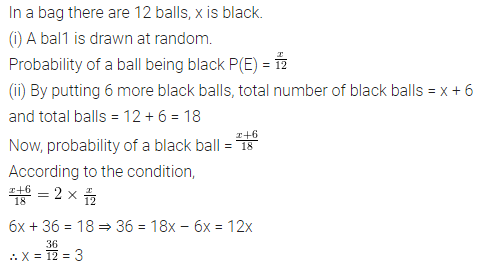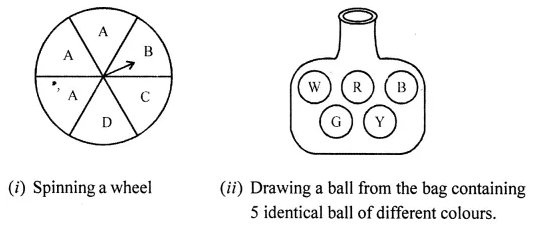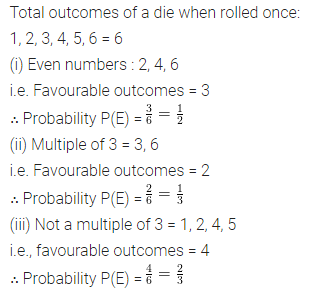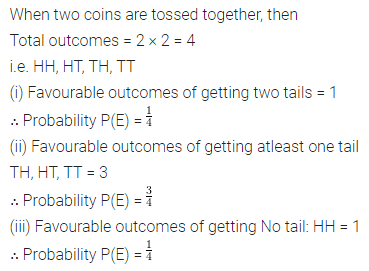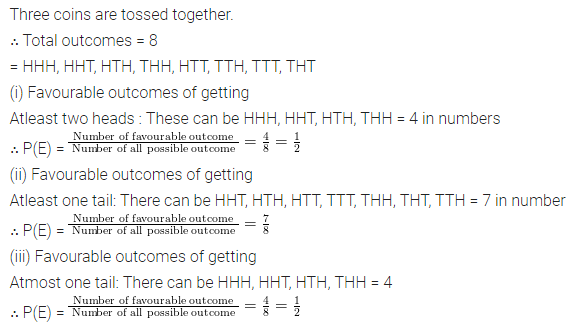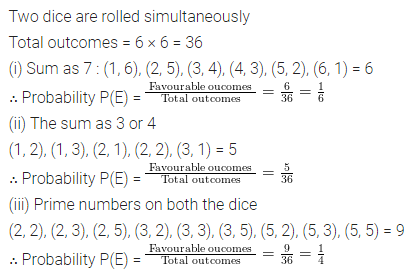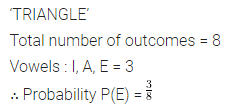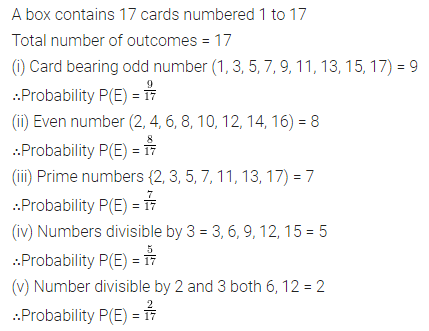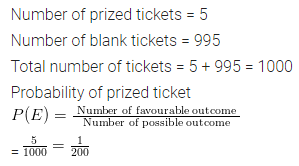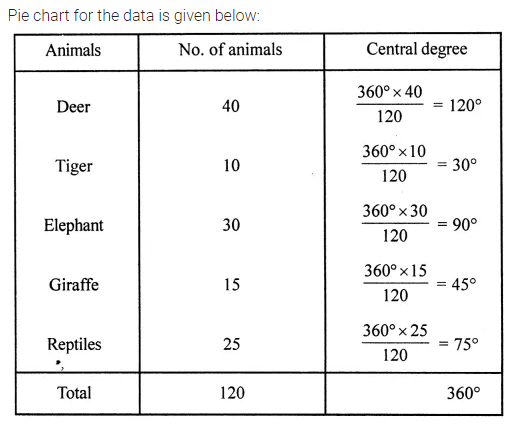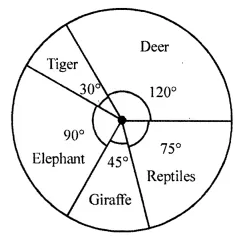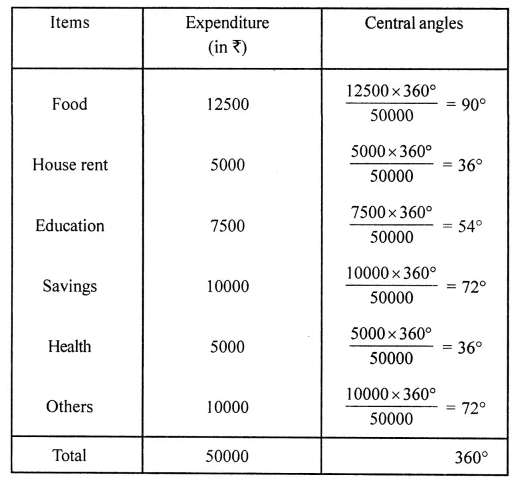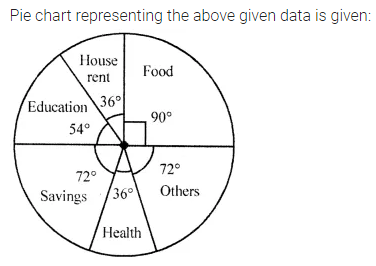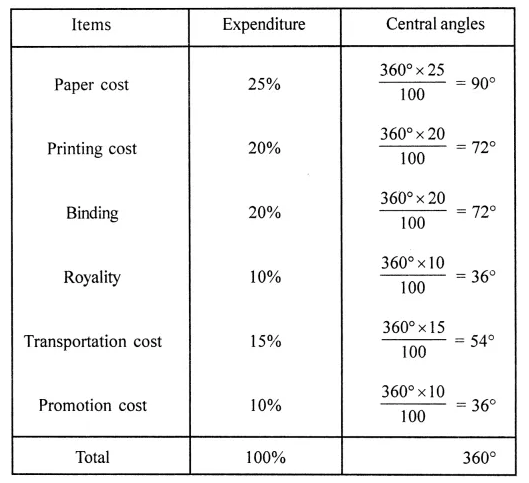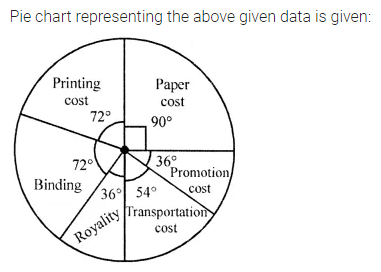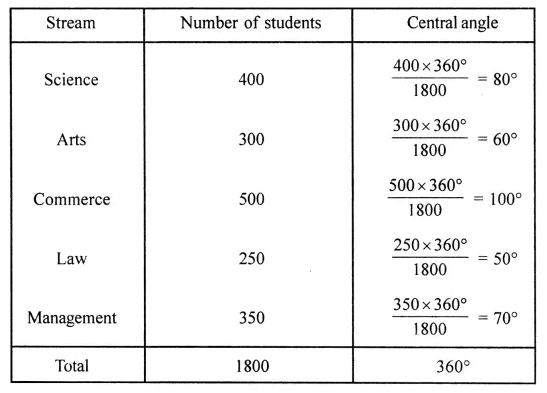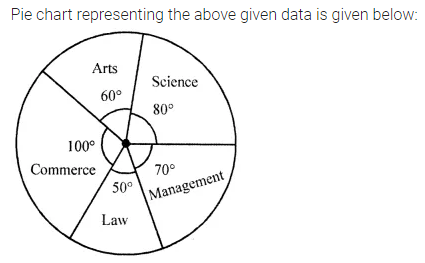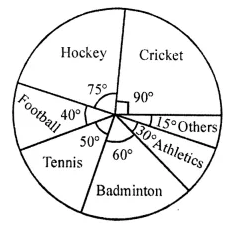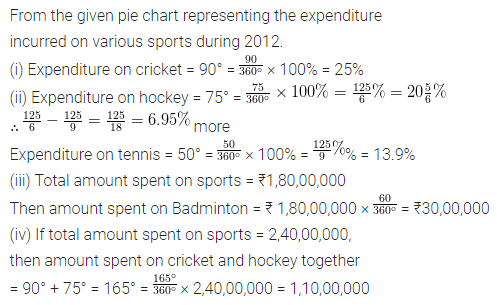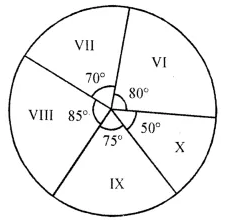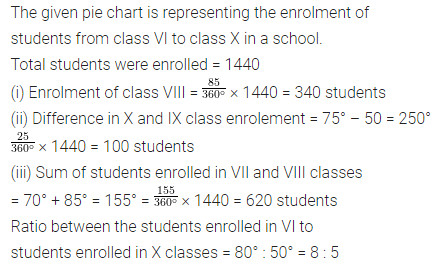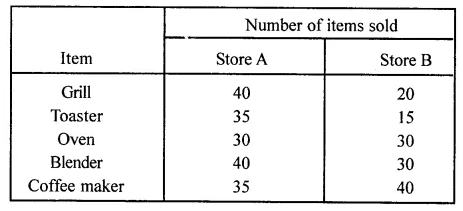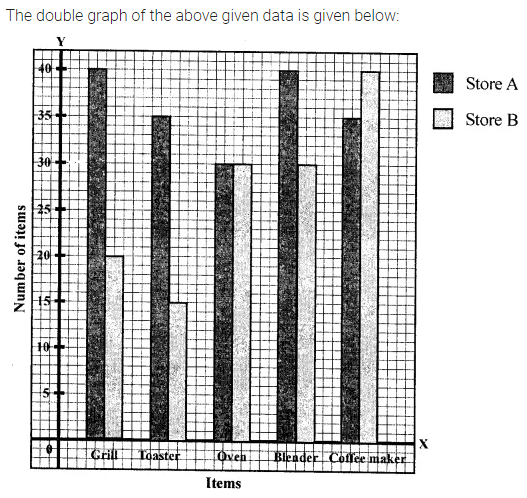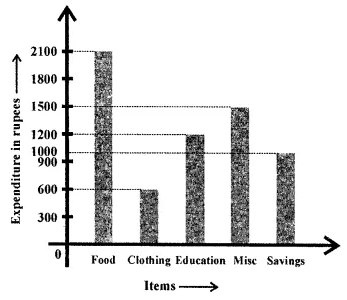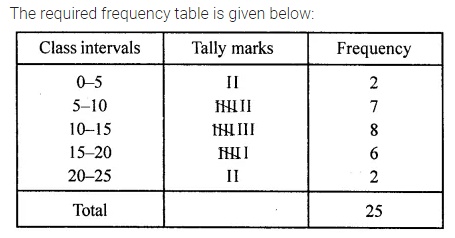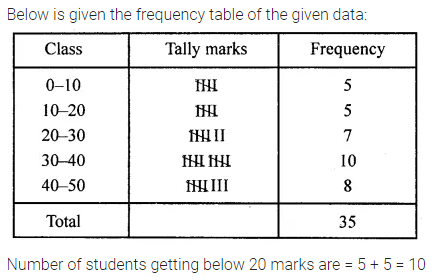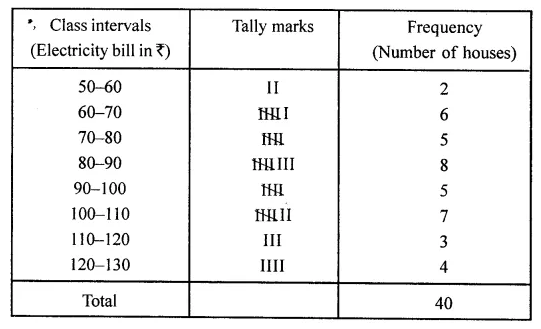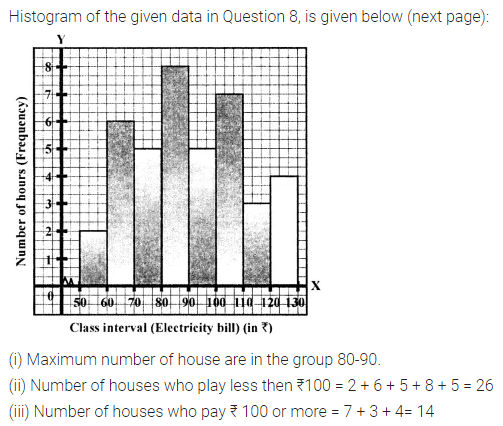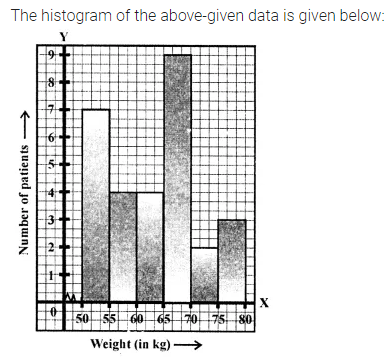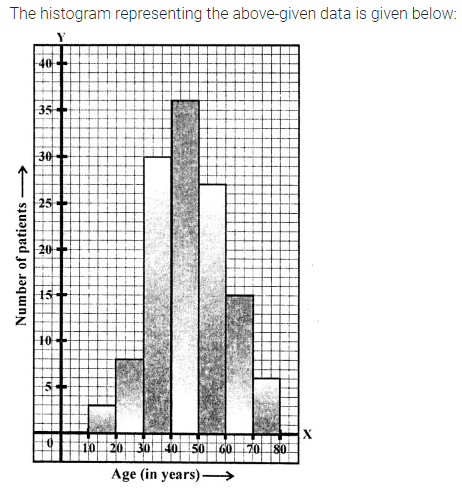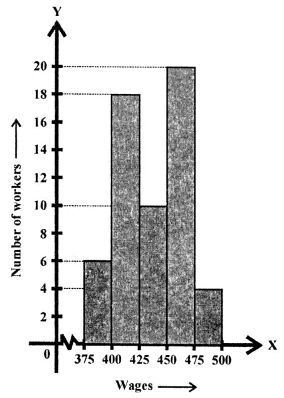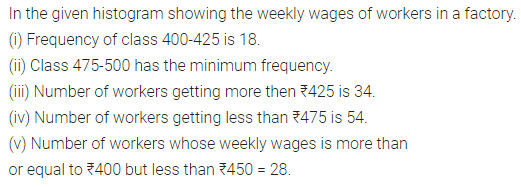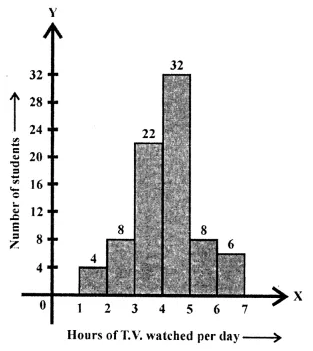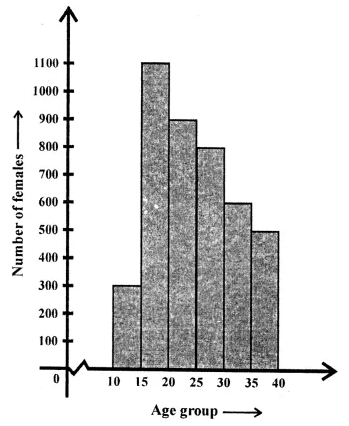Understanding ICSE Mathematics Class 6 ML Aggarwal Solved Solutions
Get Latest Edition of ML Aggarwal Class 6 Solutions PDF Download on LearnInsta.com. It provides step by step solutions for ML Aggarwal Maths for Class 6 ICSE Solutions Pdf Download. You can download the Understanding ICSE Mathematics Class 6 ML Aggarwal Solved Solutions with Free PDF download option, which contains chapter wise solutions. APC Maths Class 6 Solutions ICSE all questions are solved and explained by expert Mathematic teachers as per ICSE board guidelines.
APC Understanding ICSE Mathematics Class 6 ML Aggarwal Solutions 2019 Edition for 2020 Examinations
ML Aggarwal Class 6 Maths Chapter 1 Knowing Our Numbers
- Chapter 1 Knowing Our Numbers Ex 1.1
- Chapter 1 Knowing Our Numbers Ex 1.2
- Chapter 1 Knowing Our Numbers Ex 1.3
- Chapter 1 Knowing Our Numbers Ex 1.4
- Chapter 1 Knowing Our Numbers Objective Type Questions
- Chapter 1 Knowing Our Numbers Check Your Progress
ML Aggarwal Class 6 Maths Chapter 2 Whole Numbers
- Chapter 2 Whole Numbers Ex 2.1
- Chapter 2 Whole Numbers Ex 2.2
- Chapter 2 Whole Numbers Ex 2.3
- Chapter 2 Whole Numbers Objective Type Questions
- Chapter 2 Whole Numbers Check Your Progress
ML Aggarwal Class 6 Maths Chapter 3 Integers
- Chapter 3 Integers Ex 3.1
- Chapter 3 Integers Ex 3.2
- Chapter 3 Integers Ex 3.3
- Chapter 3 Integers Ex 3.4
- Chapter 3 Integers Objective Type Questions
- Chapter 3 Integers Check Your Progress
ML Aggarwal Class 6 Maths Chapter 4 Playing with Numbers
- Chapter 4 Playing with Numbers Ex 4.1
- Chapter 4 Playing with Numbers Ex 4.2
- Chapter 4 Playing with Numbers Ex 4.3
- Chapter 4 Playing with Numbers Ex 4.4
- Chapter 4 Playing with Numbers Ex 4.5
- Chapter 4 Playing with Numbers Objective Type Questions
- Chapter 4 Playing with Numbers Check Your Progress
ML Aggarwal Class 6 Maths Chapter 5 Sets
- Chapter 5 Sets Ex 5.1
- Chapter 5 Sets Ex 5.2
- Chapter 5 Sets Objective Type Questions
- Chapter 5 Sets Check Your Progress
ML Aggarwal Class 6 Maths Chapter 6 Fractions
- Chapter 6 Fractions Ex 6.1
- Chapter 6 Fractions Ex 6.2
- Chapter 6 Fractions Ex 6.3
- Chapter 6 Fractions Ex 6.4
- Chapter 6 Fractions Ex 6.5
- Chapter 6 Fractions Ex 6.6
- Chapter 6 Fractions Ex 6.7
- Chapter 6 Fractions Objective Type Questions
- Chapter 6 Fractions Check Your Progress
ML Aggarwal Class 6 Maths Chapter 7 Decimals
- Chapter 7 Decimals Ex 7.1
- Chapter 7 Decimals Ex 7.2
- Chapter 7 Decimals Ex 7.3
- Chapter 7 Decimals Ex 7.4
- Chapter 7 Decimals Ex 7.5
- Chapter 7 Decimals Objective Type Questions
- Chapter 7 Decimals Check Your Progress
ML Aggarwal Class 6 Maths Chapter 8 Ratio and Proportion
- Chapter 8 Ratio and Proportion Ex 8.1
- Chapter 8 Ratio and Proportion Ex 8.2
- Chapter 8 Ratio and Proportion Ex 8.3
- Chapter 8 Ratio and Proportion Ex 8.4
- Chapter 8 Ratio and Proportion Ex 8.5
- Chapter 8 Ratio and Proportion Objective Type Questions
- Chapter 8 Ratio and Proportion Check Your Progress
ML Aggarwal Class 6 Maths Chapter 9 Algebra
- Chapter 9 Algebra Ex 9.1
- Chapter 9 Algebra Ex 9.2
- Chapter 9 Algebra Ex 9.3
- Chapter 9 Algebra Ex 9.4
- Chapter 9 Algebra Ex 9.5
- Chapter 9 Algebra Objective Type Questions
- Chapter 9 Algebra Check Your Progress
ML Aggarwal Class 6 Maths Chapter 10 Basic Geometrical Concept
- Chapter 10 Basic Geometrical Concept Ex 10.1
- Chapter 10 Basic Geometrical Concept Ex 10.2
- Chapter 10 Basic Geometrical Concept Ex 10.3
- Chapter 10 Basic Geometrical Concept Ex 10.4
- Chapter 10 Basic Geometrical Concept Objective Type Questions
- Chapter 10 Basic Geometrical Concept Check Your Progress
ML Aggarwal Class 6 Maths Chapter 11 Understanding Symmetrical Shapes
- Chapter 11 Understanding Symmetrical Shapes Ex 11.1
- Chapter 11 Understanding Symmetrical Shapes Ex 11.2
- Chapter 11 Understanding Symmetrical Shapes Ex 11.3
- Chapter 11 Understanding Symmetrical Shapes Ex 11.4
- Chapter 11 Understanding Symmetrical Shapes Ex 11.5
- Chapter 11 Understanding Symmetrical Shapes Ex 11.6
- Chapter 11 Understanding Symmetrical Shapes Objective Type Questions
- Chapter 11 Understanding Symmetrical Shapes Check Your Progress
ML Aggarwal Class 6 Maths Chapter 12 Symmetry
- Chapter 12 Symmetry Ex 12.1
- Chapter 12 Symmetry Ex 12.2
- Chapter 12 Symmetry Objective Type Questions
- Chapter 12 Symmetry Check Your Progress
ML Aggarwal Class 6 Maths Chapter 13 Practical Geometry
- Chapter 13 Practical Geometry Ex 13.1
- Chapter 13 Practical Geometry Ex 13.2
- Chapter 13 Practical Geometry Ex 13.3
- Chapter 13 Practical Geometry Objective Type Questions
- Chapter 13 Practical Geometry Check Your Progress
ML Aggarwal Class 6 Maths Chapter 14 Mensuration
- Chapter 14 Mensuration Ex 14.1
- Chapter 14 Mensuration Ex 14.2
- Chapter 14 Mensuration Objective Type Questions
- Chapter 14 Mensuration Check Your Progress
ML Aggarwal Class 6 Maths Chapter 15 Data Handling
- Chapter 15 Data Handling Ex 15.1
- Chapter 15 Data Handling Ex 15.2
- Chapter 15 Data Handling Ex 15.3
- Chapter 15 Data Handling Ex 15.4
- Chapter 15 Data Handling Ex 15.5
- Chapter 15 Data Handling Objective Type Questions
- Chapter 15 Data Handling Check Your Progress
ML Aggarwal Class 6 Maths Model Question Papers
- Model Question Paper 1
- Model Question Paper 2
- Model Question Paper 3
- Model Question Paper 4
- Model Question Paper 5
- Model Question Paper 6
FAQs on ML Aggarwal Class 6 Solutions
1. How do I download the PDF of ML Aggarwal Solutions in Class 6?
All you have to do is tap on the direct links available on our LearnInsta.com page to access the Class 6 ML Aggarwal Solutions in PDF format. You can download them easily from here for free of cost.
2. Where can I find the solutions for ML Aggarwal Maths Solutions for Class 6?
You can find the Solutions for ML Aggarwal Maths for Class 6 from our page. View or download them as per your convenience and aid your preparation to score well.
3. What are the best sources for Class 6 Board Exam Preparation?
Aspirants preparing for their Class 6 Board Exams can make use of the quick and direct links available on our website LearnInsta.com regarding ML Aggarwal Solutions.
4. Is solving ML Aggarwal Solutions Chapterwise benefit you during your board exams?
Yes, it can be of huge benefit during board exams as you will have indepth knowledge of all the topics by solving Chapterwsie ML Aggarwal Solutions.
5. Where to download Class 6 Maths ML Aggarwal Solutions PDF?
Candidates can download the Class 6 Maths ML Aggarwal Solutions PDF from the direct links available on our page. We don’t charge any amount from you and they are absolutely free of cost.
